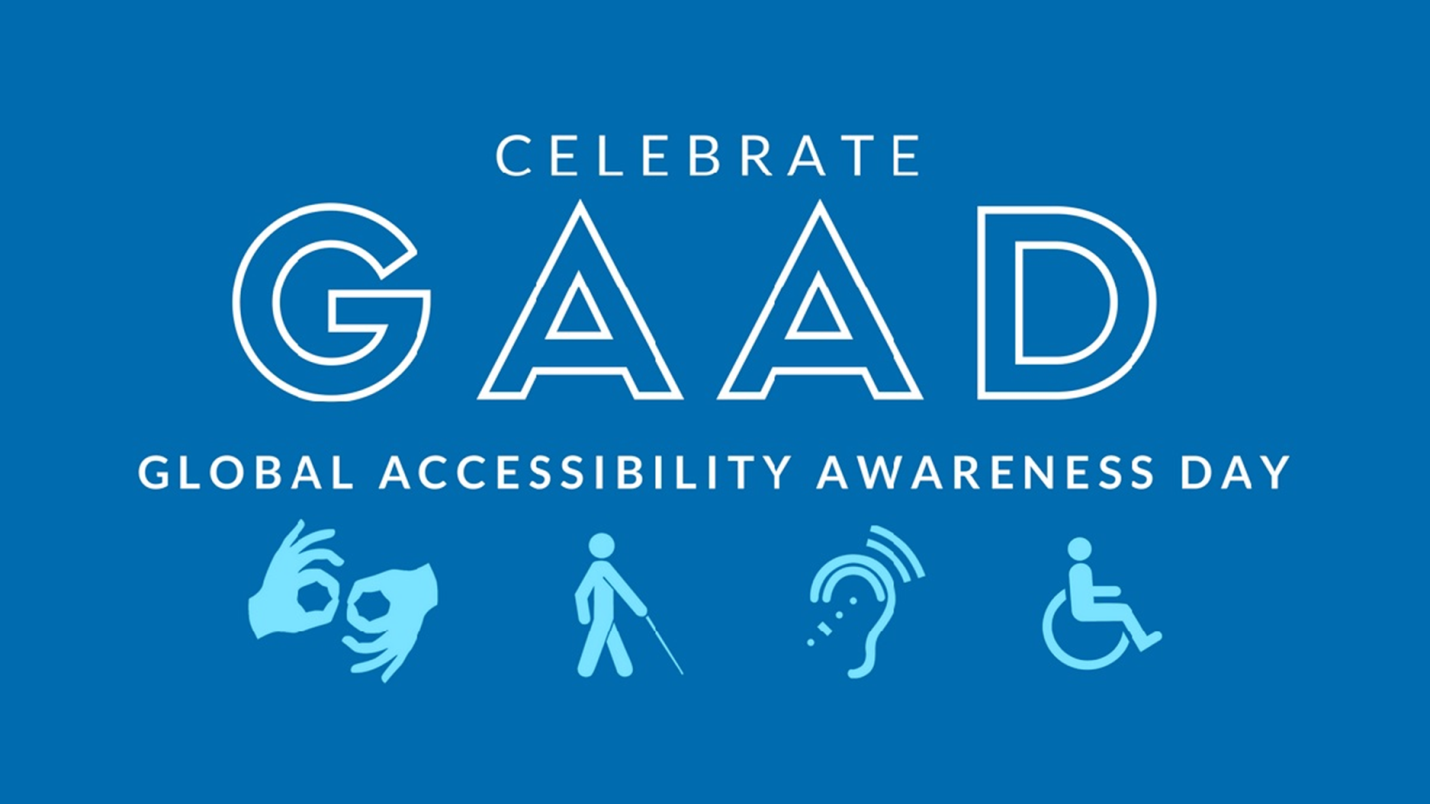Free Courses Sale ends Soon, Get It Now


Free Courses Sale ends Soon, Get It Now



Copyright infringement not intended
Context: On May 18, 2023, the Department of Empowerment of Persons with Disabilities (DEPwD), Ministry of Social Justice and Empowerment celebrated Global Accessibility Awareness Day (GAAD), with the vision of creating an inclusive society in which equal opportunities for growth and development of Persons with Disabilities are provided so that they can lead productive, safe, and dignified lives.
Details
Global Accessibility Awareness Day (GAAD)
Why is digital accessibility important?
By making ICTs more accessible and inclusive, we can:
Must Read Articles:
Rights of Persons with Disabilities Act 2016: https://www.iasgyan.in/daily-current-affairs/rights-of-persons-with-disabilities-act-2016
Accessible India Campaign: https://www.iasgyan.in/daily-current-affairs/sugamya-bharat-abhiyan
https://pib.gov.in/PressReleasePage.aspx?PRID=1924890
© 2024 iasgyan. All right reserved